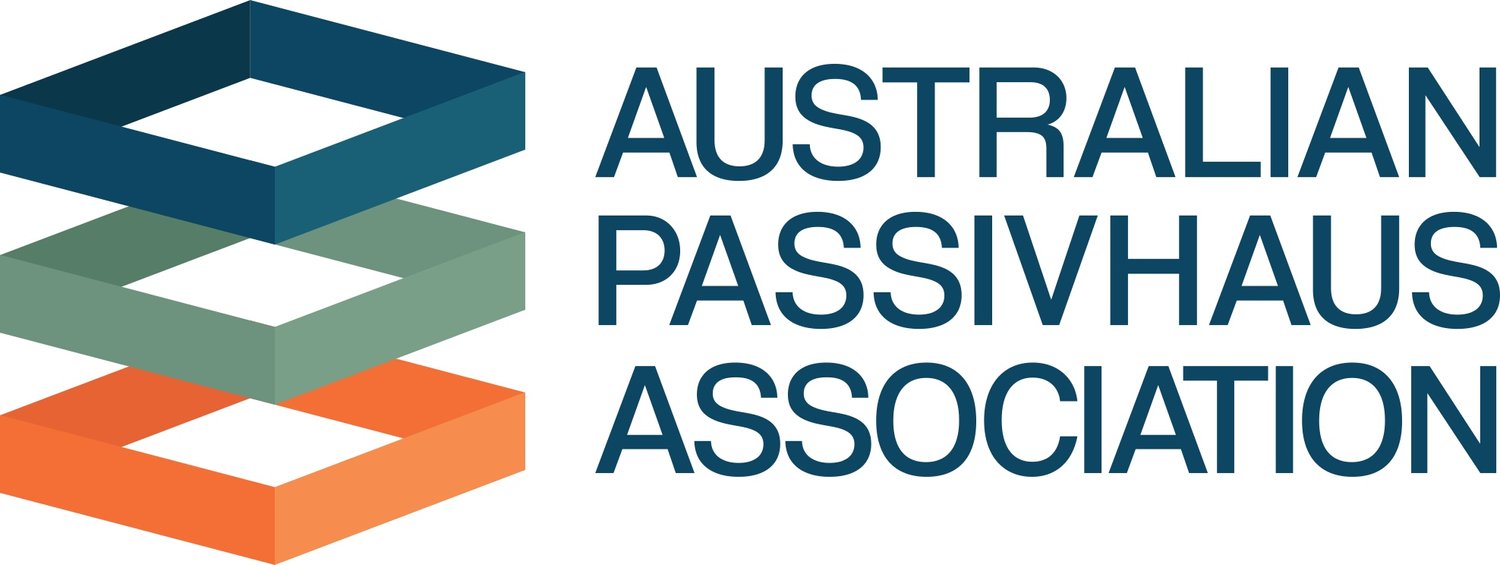The Fern: Building an Urban Sancturary - A Q&A with Oliver Steele
Described as Sydney’s urban oasis, The Fern is the southern hemisphere’s first Passive House apartment building, and it’s certainly been making headlines. We sat down with Oliver Steele of Steele Associates Architects, the building’s architect, builder and developer, to chat about this cutting-edge, net-positive Passive House building that was finished just last year. Oliver tells us what it was like to break new ground and lead this monumental Australian Passive House project.
Oliver will be speaking about The Fern at the 2020 South Pacific Passive House Conference, taking place virtually 12-16 October 2020.
For starters, can you tell us a bit about yourself?
I’ve been designing and building houses and renovations for about twenty years, and we did our first property development project, which was 88 Angel St., Newtown [New South Wales] in 2013-14. That went well, so we moved on to The Fern to tackle sustainable higher density living, which is becoming more common as Sydney’s population increases. It was a big project for me, and I’m actually taking a bit of a break now after that, having worked on it pretty solidly for four years.
The Fern has been receiving a lot of positive attention as Australia’s first Passive House apartments. Can you tell us more about this unique project?
Sure! It’s eleven one-bedroom apartments. There are two garden apartments and a wheel-chair-accessible apartment, and then there are single-level balcony apartments with large, semi-enclosed balconies that work as outdoor rooms. Then there are four two-level apartments at the top—sort of penthouses with nice city views. The main atrium has two living green walls, 15 meters high, to create the feeling of walking into a rainforest valley…of walking out of the city streets into a restorative oasis. People respond well to plants because that’s what we’re naturally in tune with, and it’s so artificial to be living removed from nature and from forests. It’s good to be able to reintroduce whatever greenery you can into the city.
All the doors and windows are triple glazed, which is definitely a first for Sydney apartments. We have all the interior and exterior concrete separated by thermal breaks, which is another first for Sydney. We have about double the insulation than a compliant apartment building would have, and we’re forty times more airtight than an average New South Wales home.
Wow, that’s amazing! What made you decide to go for a Passive House design for The Fern?
Well, I was trained in passive solar design and this is a very challenging site for that because, although we have a long north-facing boundary, it had to be a blank firewall because of fire separation. So, there’s minimal opportunity for northern winter sun; it’s really east and west orientation, and that’s not favourable for solar orientation. It’s also noisy and dusty being that close to the CBD. It’s desirable because you’re close to the action, but it’s inherently noisy and dusty, so natural ventilation becomes problematic. I was researching how we were going to overcome these problems and I kept finding more information about Passive House and I looked into it more closely and became intrigued, did further research, and became convinced that the Passive House system was the solution to our problems.
Since a project of this scale was something new, we’re assuming you faced some challenges along the way?
It was challenging…it was challenging because I knew very little about Passive House when I decided to commit to it, and it’s a very tight, difficult site. So, for example, we couldn’t have any ventilation penetrations for exhaust or incoming air on the front façade or on the side façades; everything had to go out into the atrium in the middle of the building or to the rear façade. So, there was some quite circuitous duct work.
I just talked the ear-off suppliers and consultants and went down all the rabbit holes and asked question after question after question to get to the bottom of each problem and find a solution. I had to first educate myself and then orient that information to the project and then work out how it was going to be integrated and overcome the problem. I owe a debt of gratitude to many experts who were generous with their time and knowledge.
What about other on-site challenges specifically?
Achieving the airtightness was a challenge. We built and sealed the apartments and then ran blower door tests to check for air leaks and spent weeks locating and eliminating leaks to achieve our airtightness requirements.
Fitting the MVHR [Mechanical Ventilation with Heat Recovery] units with all the ducting in the bathroom ceilings, as well as all the plumbing and electrical and fire services, was a challenge. I’d definitely put them in cupboards next time.
Getting the quality of finish in the concrete took a lot of special care and attention to detail. And we had a lot of joinery, there was a lot of joinery going in. In each one-bedroom apartment we have as much joinery as you’d find in a two- or three-bedroom house. There was a lot of work getting everything installed and aligned and working well.
It really sounds like you’ve learned a lot. What sources did you turn to for the information about Passive House buildings that you needed?
Our Passive House consultant, various experts and the suppliers we worked with were all very helpful. APHA [the Australian Passive House Association] has also been a huge support for this project—they’ve been a great support and encouragement along the way for getting the word out there, so I’m most grateful for all their help. I also did a lot of reading online, and a lot of quizzing of suppliers who were specialised in various products.
After all that you’ve learned going through this process, do you think that, in general, Passive House buildings work well in climates like Australia’s?
Absolutely, they do. Especially with these bush fires that we’ve had, there have been days where the whole of Sydney has smelt like a campfire, and inside The Fern you can’t smell a thing because it’s so well sealed and the air that you’re getting in is going through an allergenic-grade filter, which removes particulates and pollution.
You can open an apartment’s doors and windows and have the living area spilling out on to the balconies, or you can close them, seal the apartment off, and the MVHR will give you fresh air and the air conditioning will very efficiently keep it at exactly the temperature you want. If that’s 21 degrees and it’s 40 degrees outside, no problem.
We put 21 kilowatts of solar power on the roof and the building generates around 20% more power than it uses, so it’s net positive for energy. And there’s no gas—so that powers everything: hot water, air conditioning, cooking, lift, pumps, everything.
That’s incredible—not many buildings can say that at all!
So, in that way, it’s regenerative. We’ve got the green walls and all the greenery; we’re giving a bit of a biophilic sort of feel and contributing electricity back into the grid, reducing the need to rely on fossil fuels. The idea is that this building is really meant to be part of the solution rather than part of the problem.
Do you think there will be more buildings built like this in the future?
I certainly hope so. I plan to be involved with a number of them in the future, but what would be, I think, a great measure of success of The Fern is if these ideas start to propagate more widely in the industry and other developers start to take energy efficiency and thermal comfort more seriously. There’s been quite a shift. There was a survey, an Ipsos poll, done recently that found that the environment had overtaken healthcare and the economy as the number one concern for all Australian voters, which is huge. And that is showing that we’re at the tipping point of public opinion and priorities of everyday people. People are really taking these issues seriously, and that’s going to filter through to their decisions and choices about how they live.
You will be hosting a presentation on The Fern at the 2020 South Pacific Passive House Conference in Sydney this year. What will you be speaking about?
I’ll be sharing more information about building The Fern apartments. I’ll be sharing post-occupancy data on thermal comfort and energy use at The Fern, and also spilling the beans on what worked well, and what we’d do differently next time. I’ll also be exploring how Passive House principles can be applied to compact, affordable inner-city dwellings on a wider scale.
For more information about the 2020 South Pacific Passive House Conference, click here.
For more information about The Fern, click here.

